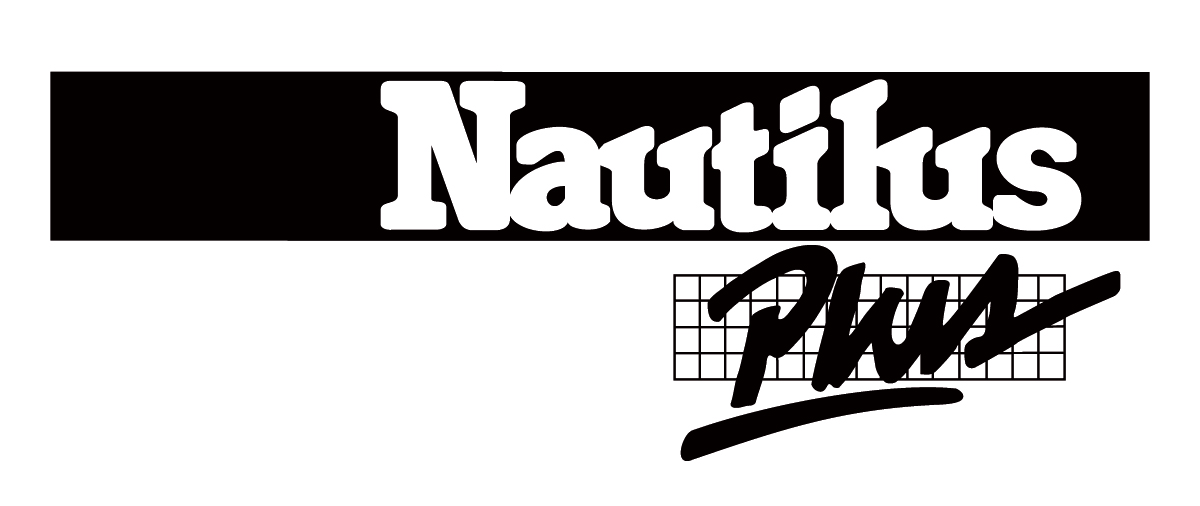
A balanced nutrition means in part consuming the right proportion of carbohydrates, fats, and proteins at each meal or snack. Making sure to get a good quantity of each of these nutrients will help preventing nutritional deficiencies and drops in energy levels. So here is an overview of what should be on your plate!
Calories for your activities
Most of your energy requirements should be satisfied by your meals, and completed with snacks if needed. Thus, each of your three meals should provide for at least a quarter of your energy requirements, a third at most. Snacks should provide 10 to 15 % of your caloric intake. For example, a woman who needs 1600 calories a day could decide to eat three 400 calories meals, and complete with two 200 calories snacks.
Carbohydrates for your muscles and your brain
Carbohydrates should account for the largest part of your daily caloric intake, from 45 to 55 %. Each meal should contain between 45 and 75 g of carbs, and each snack between 15 and 30 g. In practical terms, one serving of starches or fruits contains around 20 g of carbs; one serving of milk, soya drink or yogurt, 12 g; and one serving of vegetables, 5 g or less. In addition, favour whole grain cereal products and whole fruits and vegetables instead of juices, because they contain more fiber. You should aim for at least 8 g of fiber per meal and 2 or 3 g per snack.
Fats as a source of energy
Fats are used to transport certain vitamins and to ensure the good functioning of the nervous system. For these reasons, they should account for 20 to 35 % of your caloric intake. However, they should not be abused! Generally speaking, a whole meal (containing 3 of the 4 food groups) should contain a maximum of 15 to 20 g of fat, including fats from meat and alternatives and milk and alternatives, as well as fats added for cooking or salad dressings. Saturated fats should be kept to a minimum. Snacks should contain as little fat as possible, 3 g or less. However, you can bend this rule a bit: if you eat food that contains good fats, such as fish, nuts, and seeds, you are allowed to eat more fat!
Proteins for satiety
Each meal should contain a minimum of 15 g of proteins. As an illustration, one serving of milk and alternatives provides around 10 g of protein, whereas one serving of meat and alternatives provides 20 g. However, the maximum quantity for each meal depends on individual needs. In addition to one or two sources of carbs, a healthy snack should contain 2 to 9 g of proteins. This combination will help sustain you until the next meal!
By Vanessa Martin
What quantity of nutrients should be found in our meals? is a post from Nautilus Plus. The Nautilus Plus blog aims to help people in their journey to fitness through articles on training, nutrition, motivation, exercise and healthy recipes.
Copyright © Nautilus Plus 2012

A session with a nutritionist will help you on your way!

Let's establish your nutritional goals together and get some expert advice!
Make an appointment
